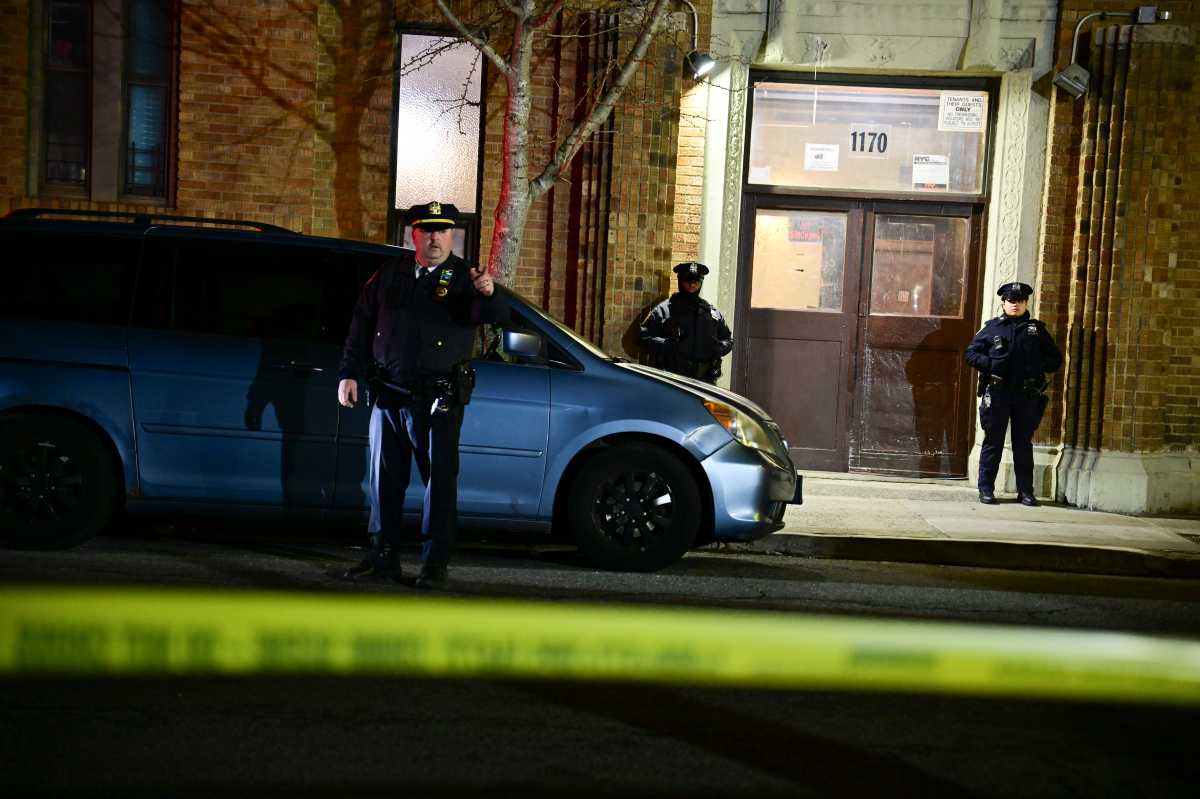By JERRY TALLMER
The City Room of the old New York Post — the Dorothy Schiff pre-computer age New York Post at 75 West St., a couple of blocks south of where the World Trade Center would one day rise and fall — was a large, littered, rectangular space inhabited by a couple of dozen rickety desks, each bearing a telephone, a battered Royal typewriter and such other impedimenta (half-empty coffee cup, etc.) as was left behind by the previous shift.
A few old-timers had claim to certain particular desks, but mostly it was first come, first served — grab whatever desk you could and sit there, waiting for city editor John Bott to summon you for assignment.
I was still very new at the Post when, one day in March 1963, I arrived at work, grabbed a desk and idly picked up a crumpled sheet of copy paper bearing a few typed lines by a guy on the night shift — a newcomer like myself. The typing was the start of an eyewitness account of an electrocution up at Sing Sing that the reporter had been sent to cover the day before.
The executed man was a wise-guy type who had killed at least five people in his 40-something years. His name was Frederick Charles Wood.
The Post reporter’s unfinished, crumpled-up story conveyed Woods’s last words: “Gents, this is an educational process. You are about to witness the damaging effect of electricity on wood.”
“And then,” the dispatch abruptly ended, “they strapped him into the chair and murdered him.”
At the top of the page, for identification, the reporter had typed his own last name: Hamill.
I put the crumpled-up, unfinished, unpublished story by young Pete Hamill in my pocket, intending always to give it back to the fellow who’d written it, but somehow I never did, and then of course I lost it.
Well, that was 48 years ago. But the murder — the premeditated murder — of Troy Davis down in Georgia was only a handful of days ago at this writing, and the scene of hundreds of ravenous Americans wildly cheering a Texas governor’s 234 lethal executions was only a week or two before that.
Americans? Man, woman and child, they were more like Madame Defarge, knitting and cackling at the foot of the guillotine as each new preordered head tumbled into the basket.
Even before 1963, as a matter of fact, I had read and been powerfully affected by Camus’s “Reflections on the Guillotine” and its key sentence: “But what then is capital punishment but the most premeditated of murders.”
Those few words by Albert Camus were the clincher on something that had been troubling me ever since, as a teenager, I had been blown away (and still am) by Maxwell Anderson’s “Winterset,” a poetic response to the Massachusetts executions of Sacco and Vanzetti, and by the performance in the 1936 film by Burgess Meredith as the truth-seeking son of one of them.
Well, Camus made up my mind against capital punishment once and for all, 50-something years ago, and I’m willing to bet he had done the same for, and to, young Pete Hamill.
Those words — “premeditated murder” — also rang through the remarks only last week on MSNBC’s Rachel Maddow show by Dr. Allen Ault, former warden of the Georgia prison where Troy Davis had just been put to death. Capital punishment ls “premeditated murder” plain and simple, said Dr. Ault, who had long had his bellyful of it.
I admit to some fine lines here. If you ask me, what do you do about Goebbels, Goering, Himmler, Hussein, bin Laden? What do you do — we do — about HITLER? My answer is I don’t know. They are war criminals, and this is war. Shoot on sight. But that’s not an answer, and it doesn’t do much for Troy Davis or for the do-gooding young (white) cop whom Davis was accused of killing.
I’m afraid I don’t know how Albert Camus would have answered that question either. Some questions don’t have answers. But murder by the state — murder aforethought — is just flatly wrong.




































